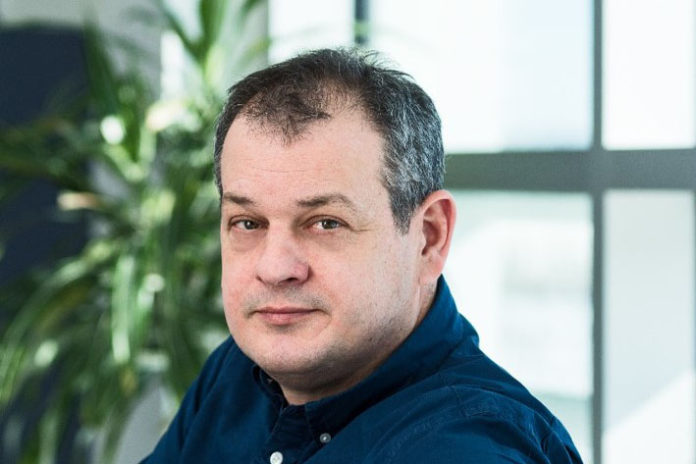A recent study by Carleton professor Paul Villeneuve suggests cell phone use is not linked to glioma, a type of brain cancer.
Villeneuve’s study examined Canadian trends in cell phone use and Canadian glioma rates between 1992 and 2015. He said he found increased risks of glioma are incompatible with rising cell phone use.
Villeneuve’s findings conflict with the findings of the Interphone study, an international research effort into the link between tumour development and cell phone use in adults electronically published in 2007.
The Interphone study found individuals who used a cell phone for half an hour a day over a 10-year period had their risk of developing glioma increase by 40 per cent. Villeneuve said his study aims to add perspective to other studies on cell phone use and cancer.
The study was a collaborative effort between researchers from Canada and Spain. Canadian researchers conducted their study at the University of Ottawa, Carleton University, the University of Montreal and the Institut national de la recherche scientifique.
According to the number of cellular subscriptions in Canada, cell phone use has increased from almost nothing to approximately 29.5 million between 1980 and 2015. Canada’s glioma rates, when adjusted for age, have remained relatively unchanged over the same period.
“We felt the risk from the epidemiological studies did not appear to hold for what we’re seeing in Canada for the last 25 years,” Villeneuve said.
Villeneuve said unlike most cancers, glioma has no clearly identified risk factors. For instance, smoking is one of lung cancer’s risk factors.
“Glioma is one of those cancers that has very few risk factors at a general population level, that’s why we can look at something like trends in cell phones and brain cancer,” Villeneuve said.
Villeneuve said similar studies have come to conclusions that correspond with his findings.
“The type of study that we’ve done, other people have done in Australia, they’ve done it in the U.K., and they’ve done it in the U.S., and a lot of those studies tend to find similar things to us—that there haven’t been the same dramatic increases in brain cancer as there has been in cell phone use,” Villeneuve said.
Franco Momoli is a co-author of Villeneuve’s study who specializes in studying the effects of cell phone use on youth. Momoli said he worked with the Canadian data from the Interphone study and is a principal scientist on Mobi-Kids, an ongoing international study on brain tumours in youth.
“Cell phones and brain tumours is not a simple topic, because it doesn’t matter if you own a cell phone, it doesn’t matter maybe how much you use a cell phone, what matters most is that you’re using that cell phone in phone calls, and the phone call is with the cell phone held up to your ear,” Momoli said.
The Interphone study and the Mobi-Kids study differ from Villeneuve’s article because they focus on individuals as opposed to trends.
Villeneuve said researchers must collect more specific data on cell phone use to determine a relationship between glioma and cell phones before claiming there is a link.
“We don’t have information necessarily on how many people have a cell phone, how many minutes a day do they talk, do they use hands-free devices, how far away from the ear do they hold their cell phone, do they alternate going from one side of the head to another,” Villeneuve said.
Villeneuve also said his findings should be taken with a grain of salt. According to him, increased risks from exposures that cause cancer might not be found until many decades later.
Although comprehensive answers about a link have yet to be determined, Momoli said the new study is an important building block for future research.
“No study is perfect,” said Momoli. “But I think [Villeneuve’s] work is a very useful contribution to the entire body of literature on this topic.”
Featured image provided by Paul Villeneuve.






